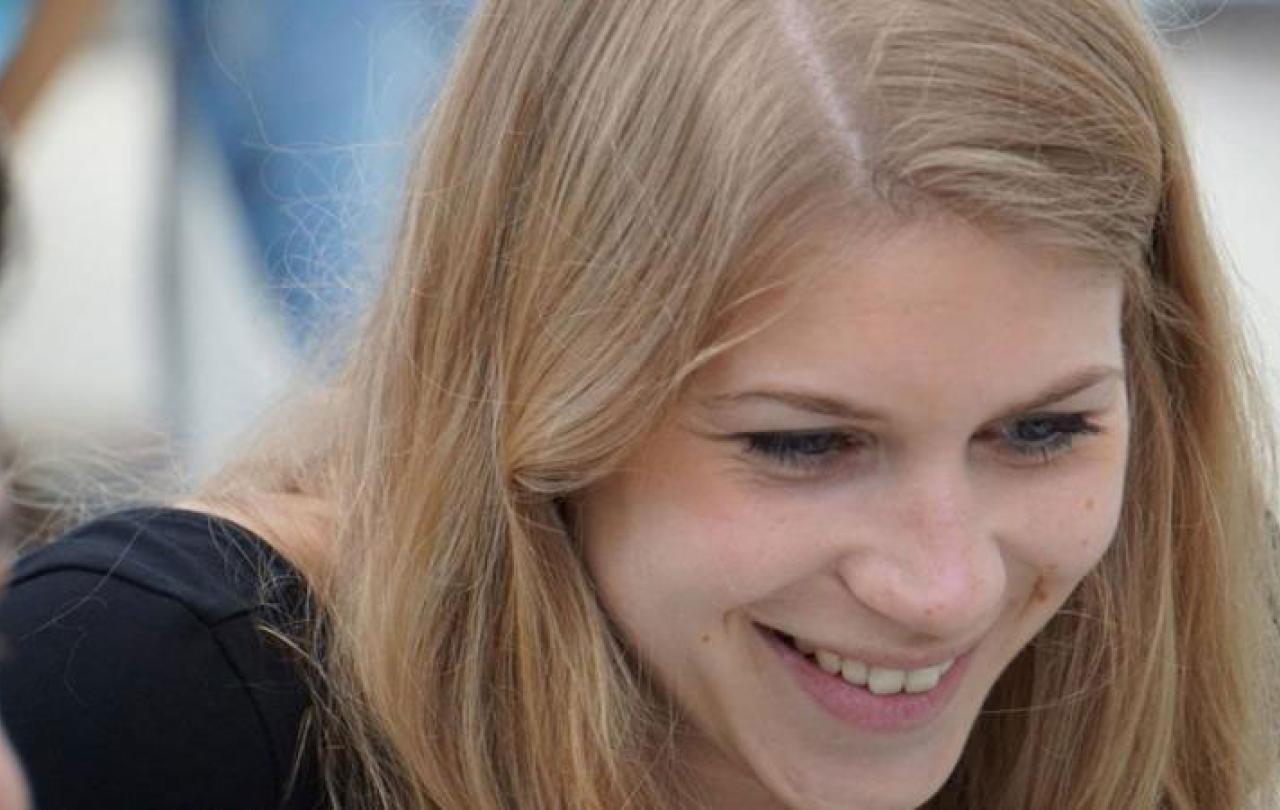
This week, three years ago, we’d been shut in our homes for nearly a year and things were anything but normal. I don’t know about you, but when I think back to those locked-down days, it’s all a bit of a haze, those weird weeks tend to blur into one.
Except this week, that is. This week, three years ago, was a wholly different story.
We, the public, had just learnt that Sarah Everard, a thirty-three-year-old woman in South London, had been abducted, raped and murdered by Wayne Couzens, a serving police officer in the Metropolitan Police. And the news of this heinous crime took our breath away. Do you remember it? How you felt when you learned what had happened to Sarah? I can remember the anguish of hundreds of people ringing out from Clapham Common, reaching every corner of the country. I can remember that, legal or not, nothing seemed to quell the outrage that was drawing people to the vigil being held there. All that grief, it had to go somewhere.
The anger that night was so visceral, it feels like it’s still in the soil of the Common. The fear, so palpable, it still lingers in the air. And at that point, we didn’t even know the half of it. ‘She was just walking home’ - That’s the sentence, isn’t it? The one that haunted those days, weeks, and months.
Three years on and we’re no closer to coming to terms with what happened. Not really. In the wake of the recent Angioloni Inquiry, which concluded that Wayne Couzens should never have been allowed to become, let alone remain, a police officer, the BBC released a documentary that follows DCI Katherine Goodwin’s story as she led the investigation. From first seeing the bulletin of a missing young woman, to hearing the ‘whole life’ sentence come down on Couzens – viewers are walked through the whole thing, step by step. What led up to Sarah’s death, and what followed it. It’s something that we should all see, even though we’ll immediately wish that we hadn’t.
Because it would be hard to unsee the grainy footage of Wayne Couzens standing next to a handcuffed Sarah on the side of a busy road, abducting her while his hazard lights flash, all of it so sickeningly hidden in plain sight. It would be harder still to unhear the victim statement from Sarah’s mum, who admitted that every night, right at the time of the abduction, she silently screams ‘don’t get in the car, Sarah. Don’t believe him. Run!’.
All of it, it’s just so hard to know.
The details are hard to think about, and harder still not to think about. But that’s the point, I suppose. I remember what philosopher Simone Weil wrote,
that ‘capacity to give one’s attention to a sufferer is a very rare and difficult thing; it is almost a miracle… it is a miracle’.
I’m just not used to a ‘miracle’ making me feel so nauseous. In theory, Weil’s words are beautiful, in reality though – they ache.
I don’t tend to acquaint a feeling of utter helplessness with the miraculous. Where my understanding runs dry, my answers falter, and my tears flow – those aren’t the places I expect to see anything of any use, spiritual or otherwise.
But Weil goes on:
‘…it is recognition that the sufferer exists, not only as a unit in a collection, or a specific from the social category labelled ‘unfortunate’, but as a man (or woman), exactly like us, who was one day stamped with a special mark by affliction.’
Sarah Everard – her memory, as well as the people within whom her memory is most vivid, and her loss most keenly felt – deserve the miracle of our attention. Then, now, and for many years to come. We continue to grieve her, the woman who never made it home, as if we each knew more of her than her name. And that’s a beautiful thing, a human thing, a sacred thing. Because Sarah was more than her name, and she was more than her death. And so, she must be grieved as such, with our eyes fixed on the beauty of who she was, and the tragedy of who she will never be.
And it’s tricky, because you can’t tidy up lament, can you? There’s no silver-lining, nothing to polish. You can’t put a neat bow on despair or grief.
And then there’s Weil’s ‘exactly like us’ line to grapple with. And grapple with it, we do. The knowledge that it could have been any of us is ever-present. As a woman, I feel it every single day. If male violence against women is a spectrum - 1 being a wolf-whistle as we walk down the street, and 10 being death – the truth is that most of us will only ever face experiences that sit on the lower end of that scale. And yet, we are ever aware that 10 exists and that we could encounter it at any point. So, we are on the lookout for it. We are alert, always.
Sarah walked home a specific way that night; not the quickest route, but the best lit.
That’s what we all do. ‘Exactly like us’, indeed.
Lament; I suppose that’s what this feeling in my stomach is. And maybe yours too. It’s a feeling that goes beyond the rage I feel toward the monstrous perpetrator, and the institutions that failed to stop him, and so many others. It’s a kind of wordless grief that things are the way they are, agony that we live in a world that hurts this much, despair at how things could have been so different. I felt all this three years ago, when I heard about Sarah’s death. And I felt it last night, when my sister walked home from my house in the dark with her hood up so that she was less distinguishable as a woman walking alone.
And it’s tricky, because you can’t tidy up lament, can you? There’s no silver-lining, nothing to polish. You can’t put a neat bow on despair or grief, and you can’t pull yourself out of it by your own bootstraps. And that’s not to be defeatist, or to relinquish our responsibility to enact justice and fight for change. On the contrary, lament is rooted in the knowledge that things can be, and should be, better. But to try and find a way to solve the outrage we feel when it comes to the death of Sarah Everard is to completely misunderstand it, and ourselves, and reality.
Bad things hurt.
So, although writing this piece has been hard, I’m at least comforted in the knowledge that it was supposed to be a hard piece to write. And that the queasiness I feel and the tears that are threatening my professional resolve are the evidence of some kind of miracle that I don’t fully understand.





